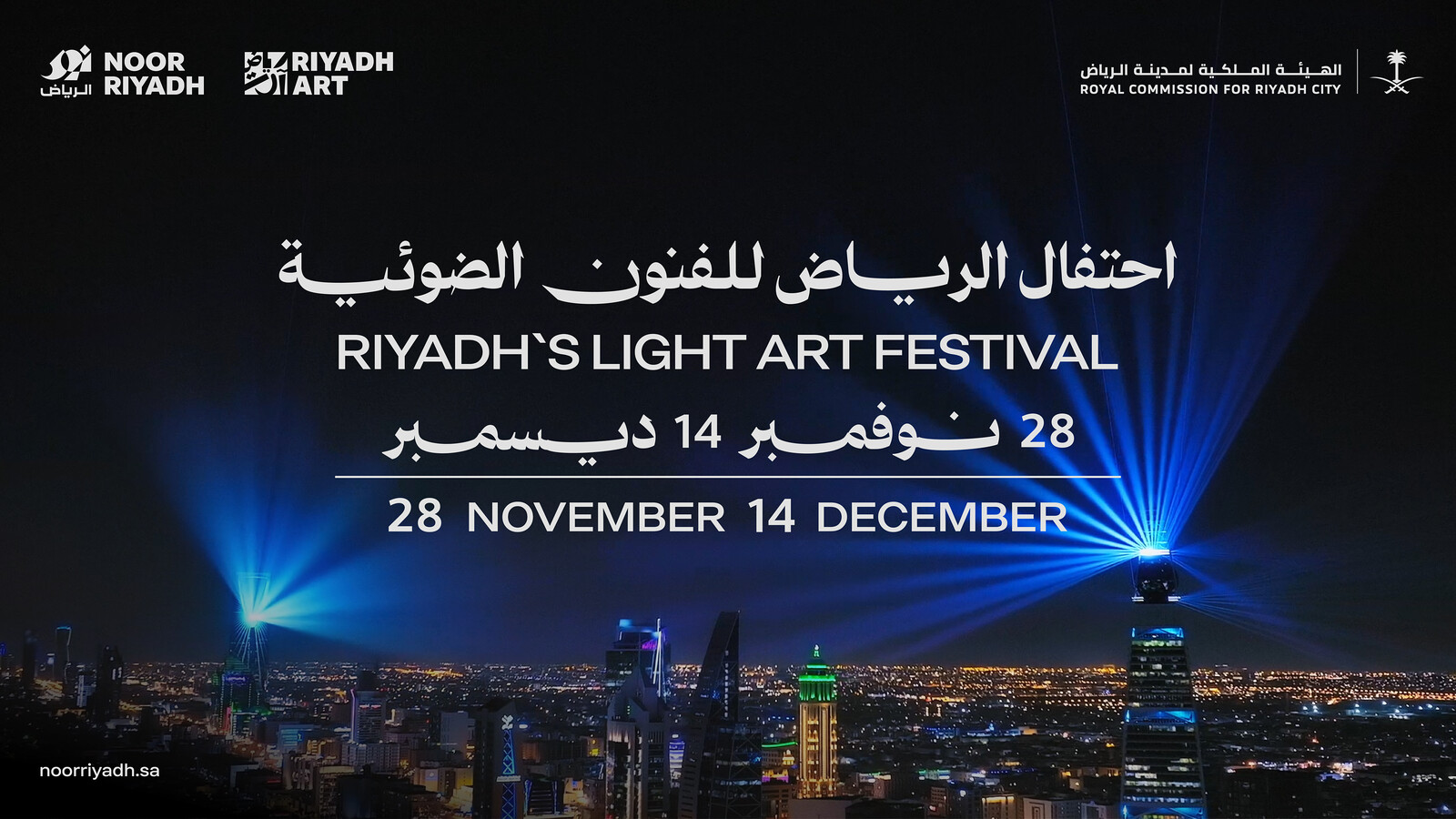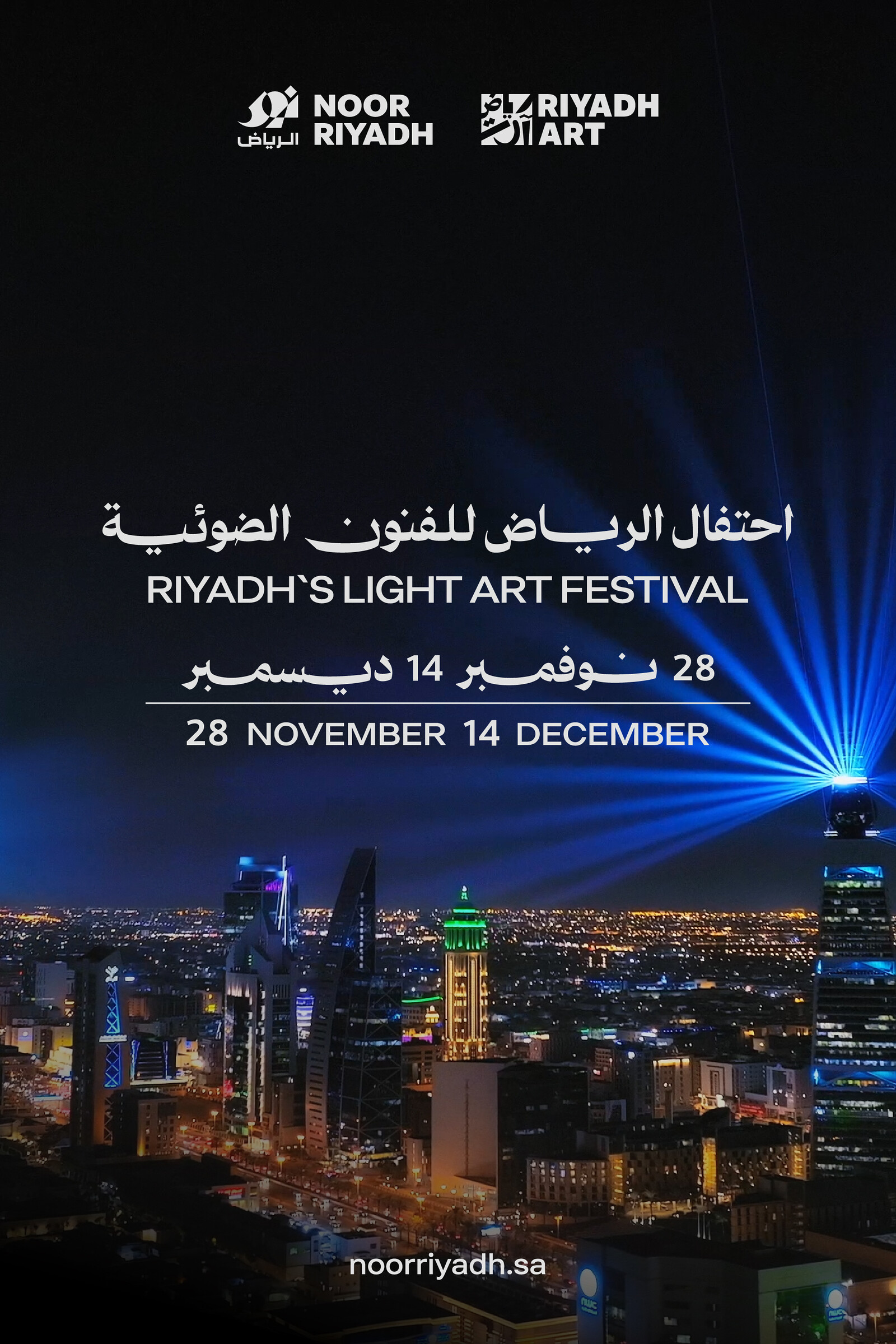Jordan Crandall
Showing
8 Sept – 20 Oct 2007
opening 8 Sept 6-9 pm
Telic Arts Exchange
975 Chung King Rd.
Los Angeles, CA 90012
213-344-6137
info [at] telic.info
“Showing” is an exhibition by Jordan Crandall that takes its form as a series of events at TELIC Arts Exchange between September 8 and October 20. These events include presentations, screenings, and performances, along with discursive interventions in various formats. TELIC operates as a stage throughout the show, with every event being recorded and then distributed as a catalog series of DVD’s.
Presentations by: Julie Albright (on self-transformation, makeover, and the management of attraction); Scott Bukatman (on attraction, spectacle, and the cult of the amateur); Gary Dauphin and Josephina Ayerza (on the “pose” as a marker of identity and social standing); Mimi Nguyen (on the circuits between star and fan); Susanna Paasonen (on sexuality, pornography, and affect); John Paul Ricco (on narcissism and the space of exposure), and Theresa Senft (on webcamming, micro-celebrity, and performance in everyday life). “Watch Me Get Watched” program organized by Glenn Phillips and Catherine Taft. “Showing for All” program organized by Dylan Wilcox.
For a complete schedule of screenings, presentations, and performances see www.telic.info/catalogs/showing.
Jordan Crandall jordancrandall.com is a media artist and theorist. He is Associate Professor in the Visual Arts Department at University of California, San Diego. The most recent instantiation of his ongoing art and research project “Under Fire” opened in 2006 at the International Biennial of Contemporary Art of Seville. To date, two catalogues of “Under Fire” have been produced, in 2004 and 2005, published by the Witte de With center for contemporary art, Rotterdam. Crandall’s most recent video is “Homefront”, a 3-channel installation that combines live-action video, surveillance footage, and military tracking software, and which explores the effects of the new security culture on subjectivity and identity.
TELIC Arts Exchange, located on Chung King Road in Chinatown, Los Angeles, provides a place for multiple publics to engage with contemporary forms of media, art and architecture. For four years the space has been a platform for exhibitions, performances, screenings, lectures and discussions. TELIC’s program emphasizes social exchange, interactivity and public participation to produce a critical engagement with new media and culture.
This exhibition is made possible in part with the support of The Peter Norton
Family Foundation and The Andy Warhol Foundation for the Visual Arts.
SHOWING
In our cultural landscape of blogs, webcams, profiles, live journals, and lifecasting, the intimate lives of everyday people are on parade for all to see. One could say that a new culture of erotic exposure and display is on the ascendance, fueled by the impulse to reveal the self, and streamlined by DIY media technologies. In many ways this culture would seem to be less a representational than a presentational one, where we are compelled to solicit the attention of others, act for unseen eyes, and develop new forms of connective intensity — as if this were somehow the very condition of our continued existence, the marker of our worth. Within this new culture of self-exposure, one could say that the dream of panoptic power has been achieved, or that it has reversed course. Does the drive to willingly display the self constitute a surrender to the controlling gaze, or simply a shift in the dynamic of the game? For within these presentational environments, performance and role-playing reign supreme, and new forms of subjectivity and identity emerge.
These new cultures of self-display challenge us to reconsider foundational concepts in film and media theory and, consequently, to rethink the very conditions of our approach. For clearly these cultures are not necessarily those of mastery and visual pleasure. They do not resolve easily to questions of perception, power, and language. They are cultures of showing as much as those of watching. Instead of a reliance on questions of spectatorship, representation, and scopic power, we are challenged to foreground issues of performance, affect, and display. Instead of a privileging of reception, we are challenged to incorporate authorial intent or originary motivation. For these new media phenomena are not only texts to be read: they are solicitations, conductive excitations, embedded within networks of erotic exchange. There are pleasures and affective stimulations that motivate these new acts of connection, sharing, and erotic display, for all players on the circuits of production and reception, including both displayer and watcher. Their texts must not only be decoded but their circuits traversed, in implicated ways that destabilize any one-way analysis and its deflections of libidinous investment.
There is much to be gained in rethinking the dynamic between voyeurism and exhibitionism, compensating for the under-theorization of the latter. In film theory, concepts of “attraction” have provided useful tools in thinking forms of exhibitionistic address that counter the voyeuristic orientation of film analysis. In contrast to the mechanisms of maintaining a coherent narrative world, transporting the viewer into another time and space, attractions are those phenomena that directly solicit the viewer’s attention in the here-and-now. They can take the form of narrative asides, spoken in confidence to the viewer outside of the diegetic space; as spectacles for their own sake; or as shots which exist purely to titillate the viewer, having no function in the furthering of the narrative. They prompt modes of apprehension that rely less on discursive flow than on direct transmissions that arouse or tease the viewer, engaging the immediacy of the bodily sensorium. In this way they are similar to the way that affects can counter meanings.
In the case of new media of self-exposure, sharing, and erotic display, one could suggest that the emblematic “pose” functions as such an attractor. The pose is a form of exhibitionistic spectacle — direct address, performative display, or bodily stimulus — that stands in contrast to the narrative or conversational flow of a social world, whether real or imaginary. It bypasses demands for narrative coherency and instead conducts transversal operations at the level of both the semiotic and the sensational, the reflective and the transmissive. It solicits attention while at the same time functions as portal or conduit for a reciprocal flow: a conductive excitation geared to develop some degree of connective intensity.
Since the pose feeds on reciprocality, it can prompt the changing of roles and positions. In this way it can be seen as a catalyst for identity-formations. Especially as witnessed in the database-driven format of the online profile within which the pose is often embedded, identity is performed through the adoption of specific codes (whether gender or otherwise). One is called upon to play roles in order to assume symbolic mandates, to the extent that “impersonation” becomes a core act of self-identification. Yet the pose does not only operate extensively but intensively, and such “impersonations” arise equally through the internalized transmission of affects. Emergent forms of identity arise through flows of affective resonance that are themselves a powerful social and subjectifying force.
Such impersonations and internalizations can be understood to be driven by lack or by abundance. As a performative player, we are driven by a primary lack at the core of the psychic apparatus. It compels us to seek fulfillment through the gaze of the other: the elementary fantasmatic scene of being looked at (validated) by an unseen presence. The imagined gaze observing us becomes a kind of ontological guarantee of our being. It serves to put us in our place — to subject us. In this way, erotic cultures of exposure and display can be seen as driven by the need to perform for the gaze — the Big Other, the symbolic order — and therefore to write themselves into existence. Yet at the same time, these insertions of the self into the symbolic order can be regarded as a way of channeling or dissipating surplus energy. From such a viewpoint, the connective intensities that drive these new forms of self-exposure and display are those of expending excess, and the allure of showing could parallel that of sacrificing. The pose, as event-portal, becomes a double-edged solicitor.
– Jordan Crandall


